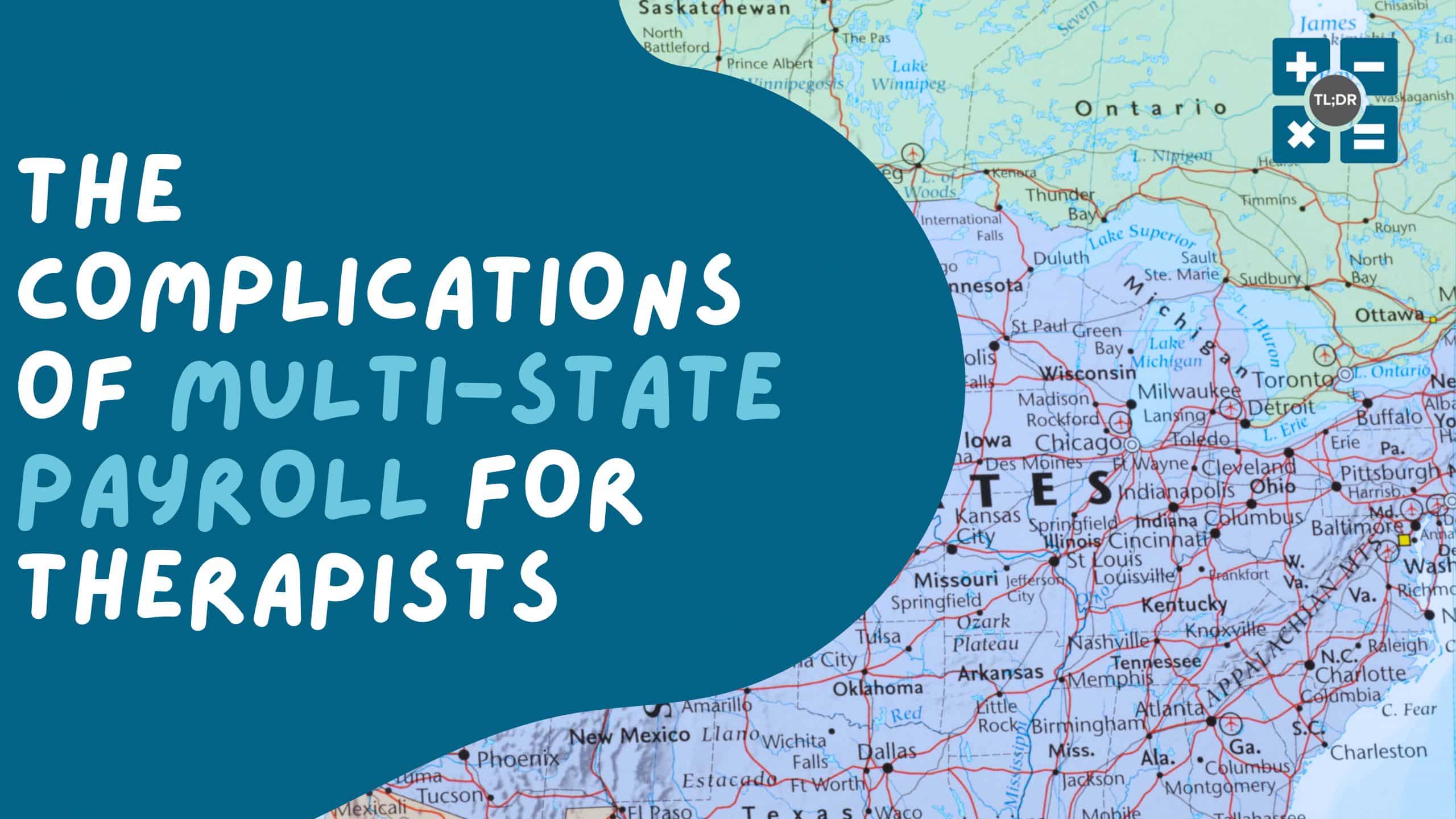Late last year, Congress passed the Tax Cuts and Jobs Act, also called “tax reform.” The TCJA implemented a number of changes and reforms to our tax code and will have a direct impact on your 2018 filings (to be filed next year). Planning for 2018 is important, so it’s important to understand major changes made to the tax code by the TCJA.
Here’s what you need to know about how those changes will affect your tax situation through this year (and beyond).
Tax Brackets Have Changed
The tax brackets for all taxpayers have changed. Click through the link for the full list of changes, but for the two types of clients we work with most, the changes are:
Single Taxpayers
| Income | Tax Rate |
| $0 – $9,525 | 10% |
| $9,525 – $38,700 | 12% |
| $38,700 – $82,500 | 22% |
| $82,500 – $157,500 | 24% |
| $157,500 – $200,000 | 32% |
| $200,000 – $500,000 | 35% |
| $500,000+ | 37% |
Married Filing Jointly
| Income | Tax Rate |
| $0 – $19,050 | 10% |
| $19,050 – 77,400 | 12% |
| $77,400 – $165,000 | 22% |
| $165,000 – $315,000 | 24% |
| $315,000 – $400,000 | 32% |
| $400,000 – $600,000 | 35% |
| $600,000+ | 37% |
The Standard Deduction Has Increased
The standard deduction is the amount that reduces your taxable income if you choose not to itemize.
In 2018, the standard deduction has increased to:
- $12,000 for single filers
- $18,000 for heads of household
- $24,000 for married couples filing jointly
The increased standard deduction may result in fewer people choosing to itemize. Of course, choosing the standard deduction or going down the path of itemizing is entirely dependent on your specific situation and finances.
In fact, let’s look at some of the changes made to itemized deductions.
Itemized Deductions
Itemizing makes sense when your deductions add up to an amount higher than the standard deduction for your filing status. The TCJA made changes to many itemized deductions:
- The mortgage interest deduction was lowered to $750,000 for mortgages taken out after December 15, 2017.
- The home-equity loan interest deduction was eliminated until 2025.
- The deduction for state and local income and property taxes (SALT) has been limited to $10,000.
- Casualty loss deductions have been limited to only presidentially-declared disasters.
- The medical expense deduction has been changed as well. You may now deduct any unreimbursed medical expenses over 7.5 percent of your adjusted gross income (AGI).
- The deduction for charitable donations has risen from 50 percent to 60 percent of your total AGI.
- Many other miscellaneous deductions have been repealed or left unchanged. A qualified CPA or accountant can help you make the most of applicable deductions.
Child Tax Credit Increase
The child tax credit has been increased to $2,000 per child under 17 years old. Additionally, a $500 credit is available for dependents who don’t qualify for the child tax credit.
Changes to Section 529 Plans
Prior to the TCJA’s passing, funds in section 529 college savings accounts could only be used for higher education purposes. Withdrawing funds for any other reason would treat the earnings portion of a withdrawal as taxable income, with an additional 10 percent tax.
The TCJA changed how college savings accounts are treated. Funds can now be applied toward tuition at elementary, secondary, public, private, and religious schools, up to an annual $10,000 limit.
Changes to Retirement Savings
The contribution limit has increased to $18,500 for the following retirement plans:
- 401(k)
- 403(b)
- Most 457 plans
- And thrift savings plans
Perform a Paycheck Checkup
With the passage of tax reform, the IRS recommends performing a “paycheck checkup.” You should also reconsider how much tax is withheld per paycheck.
The IRS claims that the average tax refund is $2,800. With that in mind, you may wish to withhold less tax per paycheck so your take-home pay is increased. If not, it may be wise to protect against having too little tax withheld or else risk being on the hook for a tax bill at tax time next year.
The IRS recommends that the following groups check their tax withholding:
- Two-income families
- People working two or more jobs or who only work for part of the year
- People with children who claim credits such as the Child Tax Credit
- People with older dependents, including children age 17 or older
- People who itemized deductions in 2017
- People with high incomes and more complex tax returns
- People with large tax refunds or large tax bills for 2017
The IRS has provided a handy withholding calculator to help you determine which option is best for you by taking into account your family income and situation.
Plan for Tax Time
TL;DR: Accounting is happy to chat with you to help you decide your best course of action and plan for tax time.
TL;DR: Check your withholding, it probably is not enough. Or give us a call to let us run the numbers.






